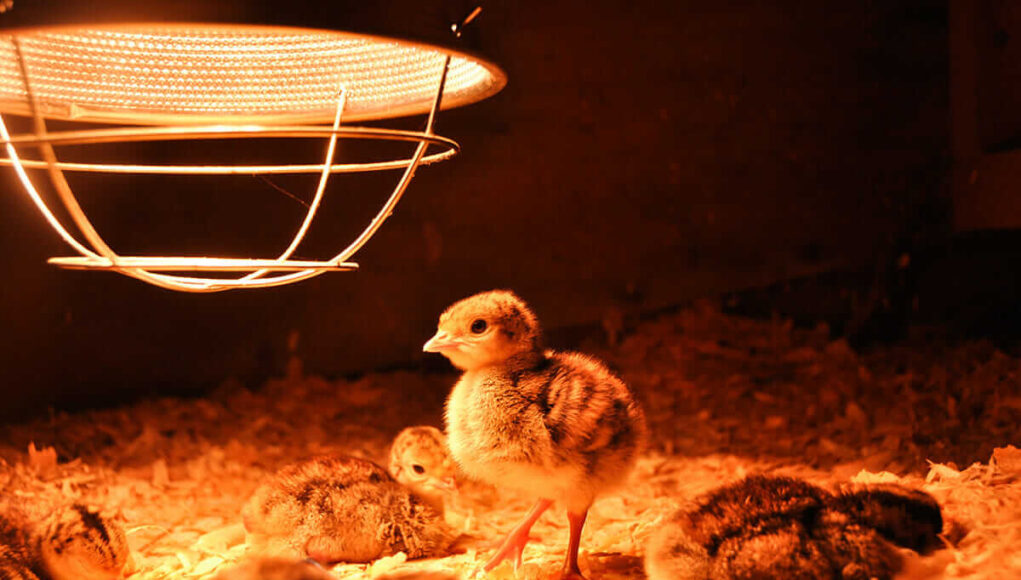For those who are passionate about raising chickens, preventing spilled water in brooder is an essential task. Managing water effectively ensures the health and safety of your chicks. In this article, we will explore various strategies to keep the brooder dry and your chicks healthy.

Understanding the Importance of Water Management
Water is crucial for the growth and development of chicks. However, spilled water can create a damp environment, leading to health issues. Let’s discuss why managing water in a brooder is so important.
Why Spilled Water is a Problem
Spilled water can cause a host of problems, including mold growth and increased humidity, both of which are harmful to chicks. It can also lead to wet bedding, which is uncomfortable and unsanitary.
Choosing the Right Waterer
Selecting the proper waterer is a critical step in preventing spilled water in brooder. Here are some options to consider.
Types of Waterers
There are different types of waterers available, such as gravity waterers and nipple drinkers. Each has its benefits and drawbacks. For instance, gravity waterers are easy to refill, whereas nipple drinkers are less likely to spill.
Size and Placement
The size and placement of the waterer are crucial. Make sure the waterer is not too tall for the chicks to reach but not so low that they can easily tip it over. Placing the waterer on a raised platform can also help reduce spills.
Maintaining Dry Bedding
Keeping the bedding dry is vital to the chicks’ well-being. Regularly changing the bedding will prevent mold and bacteria from thriving.
Types of Bedding
Choosing the right bedding can make a significant difference. Some popular options include pine shavings, straw, and paper towels. Paper towels are highly absorbent and easy to replace.
Regular Cleaning Schedule
Establishing a cleaning schedule is essential. Regular cleaning reduces the risk of disease and keeps the environment pleasant for the chicks.
Setting Up the Brooder
Proper setup of the brooder can help minimize water spillage. Consider the layout and design to optimize space and functionality.
Brooder Design
A well-designed brooder should provide ample space for the chicks to move around. Small brooder designs can be efficient in managing resources.
Brooder Dimensions
The dimensions of the brooder should accommodate the number of chicks you are raising. More space can prevent overcrowding, which reduces the risk of tipping over the waterer. Brooder dimensions should be planned carefully to ensure comfort and safety.
Practical Tips for Water Management
Here are some practical tips to help you manage water effectively in your brooder.
Use a Catch Basin
A catch basin placed beneath the waterer can collect any spilled water, keeping the bedding dry.
Monitor Water Levels
Regularly monitor the water levels to ensure the chicks are drinking enough but not spilling excess water.
Train Your Chicks
Training your chicks to drink from specific waterers can reduce spillage. Using a nipple drinker can be particularly effective in teaching them to drink without creating a mess.

Frequently Asked Questions
How often should I change the brooder bedding?
It’s recommended to change the bedding regularly, at least once a week, or whenever it becomes damp or soiled. For more information on changing bedding, visit brooder bedding.
What type of waterer is best for chicks?
Nipple drinkers are often considered the best option as they minimize water spillage.
Can I use paper towels as brooder bedding?
Yes, paper towels are a suitable option for brooder bedding as they are absorbent and easy to replace. Learn more about using paper towels in your brooder setup.
For more tips on caring for your chicks, consider visiting this guide for additional insights.
This article contains affiliate links. We may earn a commission at no extra cost to you.











